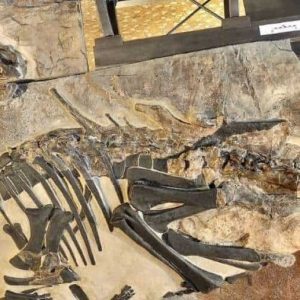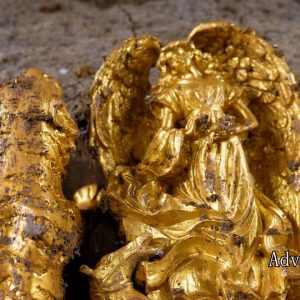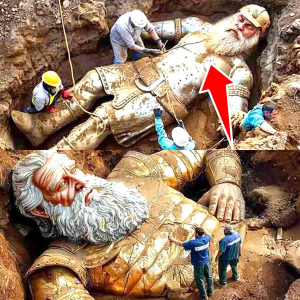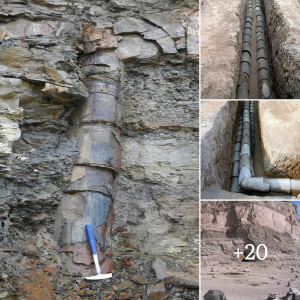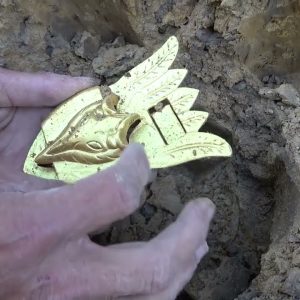A Viking metal rod which left experts baffled for more than a century has finally been identified as a ‘magic wand’ used by a witch to cast spells.

The staff, which was found in a ninth-century grave, is curved at the end – causing it to be misidentified as a fishing hook or a spit for roasting food.
However, archaeologists have now concluded that it was in fact a magical item belonging to a sorceress who was ‘on the margins of society’.

Magical: This curved rod is believed to have been a staff belonging to a Viking sorceress in the 9th century
They suggest that the reason it was bent before being buried with its owner was to remove its magical properties – possibly to prevent the witch coming back from the dead.

The 90cm-long rod has been part of the British Museum’s collection since 1894, when it was discovered in Norway’s Romsdal province.
It had been buried next to a woman’s body alongside other valuable items including an unusual plaque made of whalebone, implying that the person in the grave had a high status in Viking society.
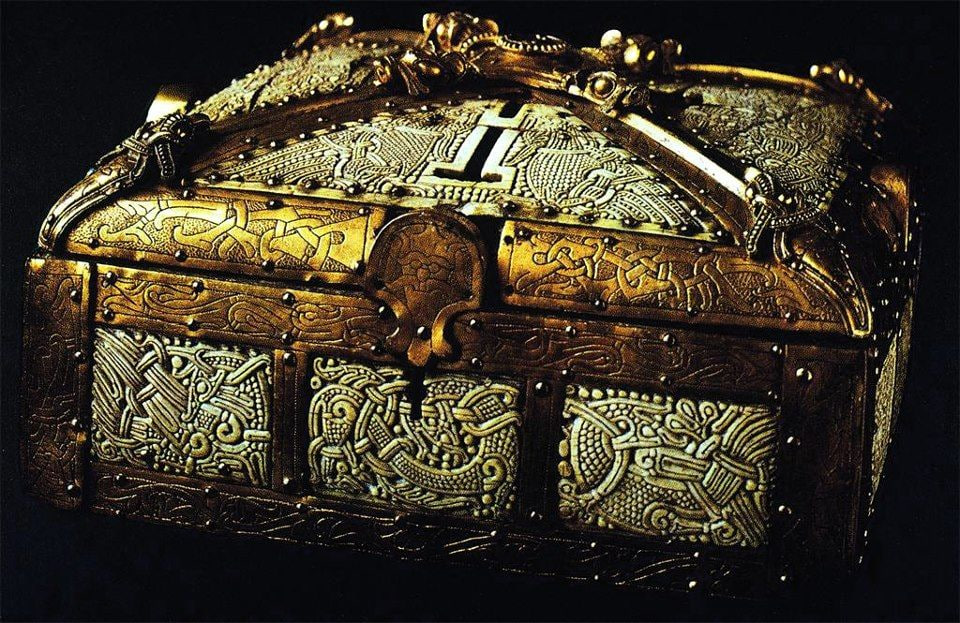
Outcast: A reconstruction of how Viking witches could have looked as they wielded their fearsome staffs

Power: Runes, seen carved on a standing stone, are thought to have had magical associations
They later decided that it was in fact a skewer for roasting meat – but after comparing the rod with other similar objects, experts have now reached a different conclusion.
British Museum curator Sue Branning says that it was probably a magical staff used to perform ‘seithr’, a form of Viking sorcery predominantly practiced by women.
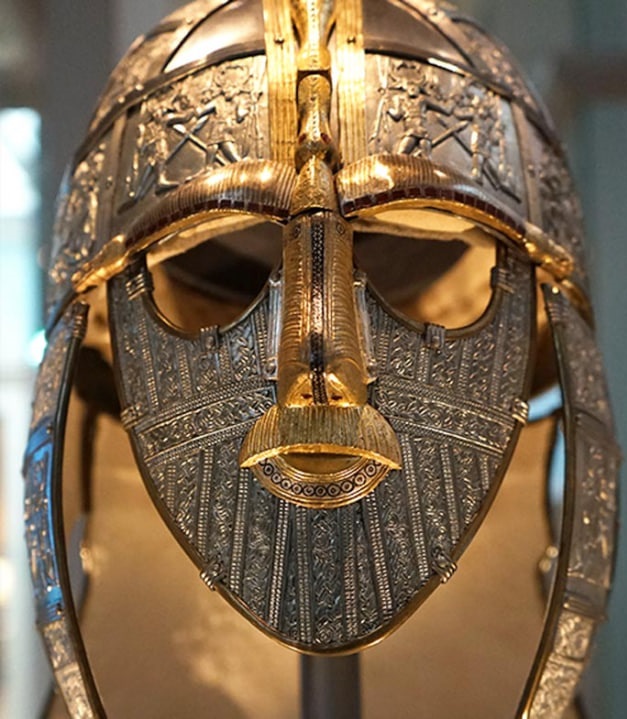
‘Our rod fits with a number of these rods that turn up in the ninth and 10th century in female burials,’ she told The Times. ‘They normally take the form of these long iron rods with knobs attached to them.’
The curve in the end of the staff is likely to have signified that it was being put out of use, a common practice in the medieval period for grave goods which were routinely broken when they were buried.
Bending or breaking the buried possessions of the dead could have served to neutralise their magical properties – preventing their former owners from casting spells from beyond the grave.
‘There must have been some kind of ritual,’ Ms Branning said. ‘This object was ritually “killed”, an act that would have removed the power of this object.

Although Viking society, like most medieval societies, was dominated by men, some women were believed to have special powers which made them influential figures.
Ms Branning said: ‘These women were very well respected, but they were quite feared as well. They may have been on the margins of society.’
Because the Vikings were not converted to Christianity until around 1000 AD, there is strong evidence for the importance of magic in their society at a time when the rest of Europe had largely abandoned the practice.

Display: The staff will be placed in a new gallery in the British Museum alongside other early medieval treasures such as this belt buckle from Sutton Hoo
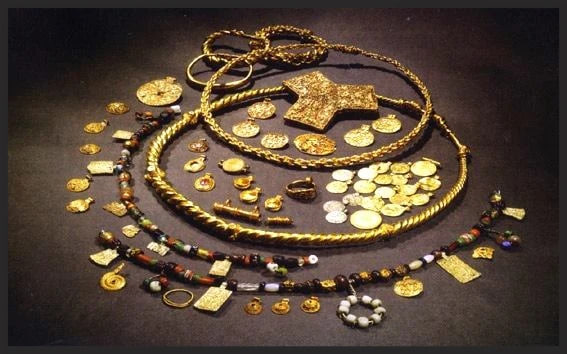
Runes, the pre-Christian writing system used in Scandinavia and elsewhere, have long been thought to have had magical associations and were apparently used to tell the future.
The witch’s staff will go on display in the British Museum’s new early medieval gallery, which is set to open on March 27.
The room will also contain highlights of the museum’s collections including the Anglo-Saxon treasures found at Sutton Hoo.
